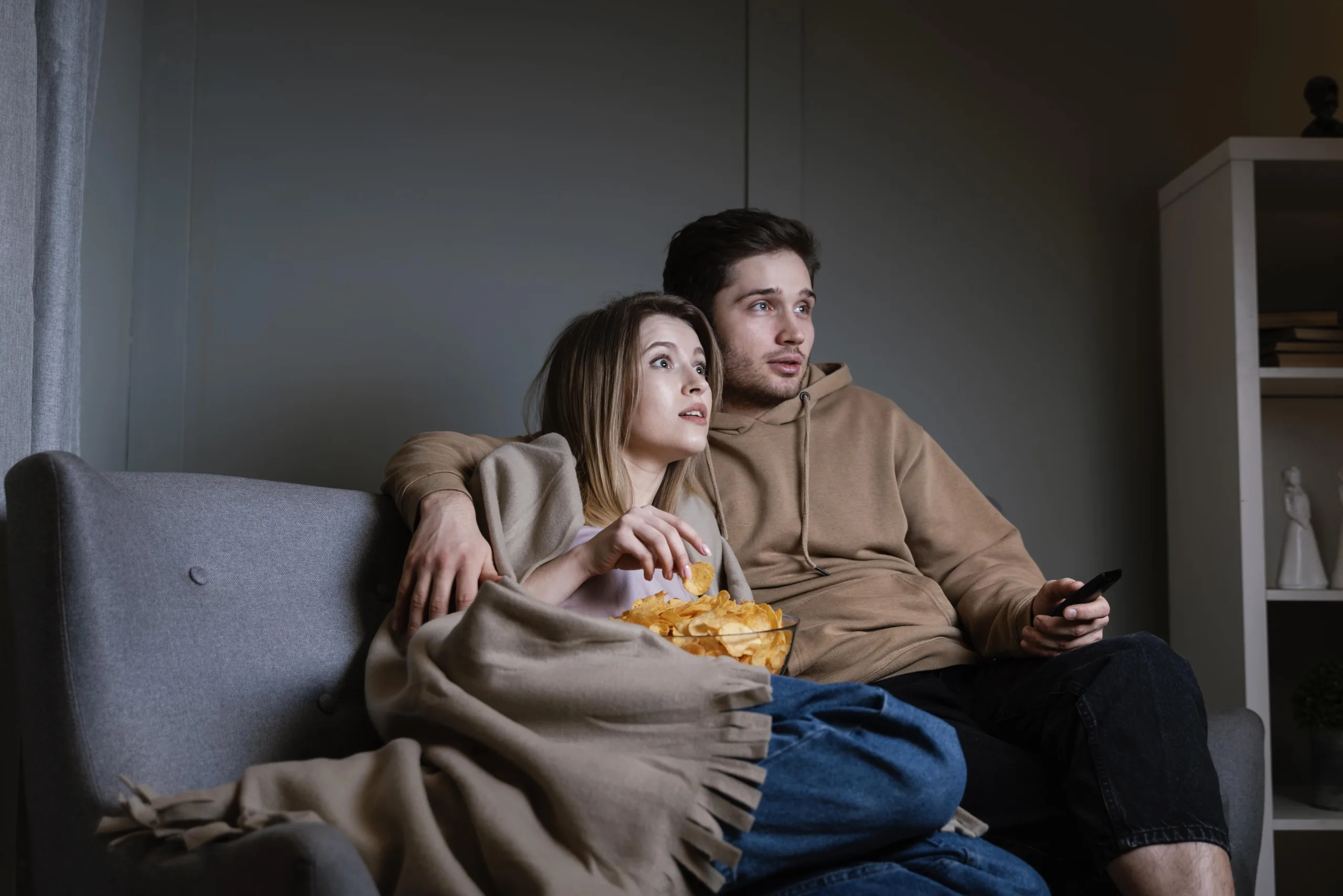
In the world of filmmaking, editing plays a crucial role in shaping the narrative, pacing, and emotional impact of a film. One powerful technique that editors employ to create tension, suspense, and enhance storytelling is parallel editing. Also known as cross-cutting, this technique involves the intercutting of two or more simultaneous actions or events happening in different locations.
In this blog post, we will delve into the intricacies of parallel editing, exploring its definition, purpose, and its effective use in the art of filmmaking. Join us as we uncover the secrets behind this masterful technique that keeps us on the edge of our seats.
Parallel editing, also referred to as cross-cutting, is a technique used in film editing to create a sense of simultaneity and connection between multiple storylines or actions. It involves the intercutting of shots or scenes from different locations, depicting events happening simultaneously or in close temporal proximity.
The purpose of parallel editing is to heighten suspense, build tension, or juxtapose contrasting emotions, allowing the audience to experience multiple narratives or perspectives simultaneously.
Parallel editing serves several purposes in filmmaking. One of its primary functions is to create suspense and maintain audience engagement. By intercutting between different storylines or actions, the editor can build anticipation, leaving viewers eagerly anticipating the resolution or convergence of these parallel narratives. This technique is often used in thrillers, action films, or sequences that involve a race against time, intensifying the sense of urgency and excitement.
Parallel editing can also be employed to juxtapose contrasting emotions or storylines, adding depth and complexity to the narrative. By intercutting between different characters or situations, the editor can draw thematic connections, highlight similarities or contrasts, and evoke powerful emotional responses from the audience. This technique can be particularly effective in dramas, where the parallel narratives explore different facets of a central theme or explore the interconnectedness of characters’ lives.

To effectively employ parallel editing, careful consideration must be given to various factors such as timing, shot selection, pacing, and continuity. The editor must establish a clear sense of temporal and spatial relationships between the parallel narratives, ensuring that the audience can follow and understand the intercutting without confusion.
Timing plays a crucial role in parallel editing. The editor must determine the appropriate duration of each shot or scene, creating a rhythm that maintains the desired tension or suspense. Pacing can be manipulated by varying shot lengths, utilizing quick cuts to heighten intensity or longer shots to provide breathing space for the audience.
Shot selection is another vital aspect of parallel editing. The editor must choose shots that effectively convey the desired emotions, actions, or information for each parallel narrative. The shots should complement and enhance each other, contributing to the overall impact of the sequence.
Continuity is essential to maintain coherence and clarity in parallel editing. Visual and auditory cues should be utilized to establish the connection between the different storylines or actions. Consistency in lighting, sound design, and continuity of action across the parallel narratives is crucial to avoid confusion or disruption of the audience’s immersion.
Parallel editing has been utilized by filmmakers throughout the history of cinema to create memorable and impactful sequences. One iconic example is the baptism sequence in Francis Ford Coppola’s “The Godfather.” The scene intercuts between the baptism ceremony, where Michael Corleone becomes the godfather to his nephew, and a series of brutal murders orchestrated by Michael to eliminate his rivals. The contrast between the sacredness of the ceremony and the violence of the killings heightens the dramatic tension and showcases the moral complexity of the character.
Another notable example can be found in Christopher Nolan’s “Inception.” The film features parallel narratives unfolding on different dream levels, with the editor seamlessly intercutting between these layers to create a sense of urgency and build suspense. The intercutting enhances the complexity of the story and allows the audience to experience the multiple layers of the dream world simultaneously.
Parallel editing is a powerful technique in film editing that enhances storytelling, builds tension, and engages the audience on multiple levels. By intercutting between different storylines or actions, parallel editing creates a sense of simultaneity, juxtaposition, or thematic connection. When executed effectively, this technique can elevate the emotional impact of a film and leave a lasting impression on viewers. Understanding the intricacies of parallel editing empowers filmmakers to craft dynamic and immersive narratives that captivate and enthrall audiences.